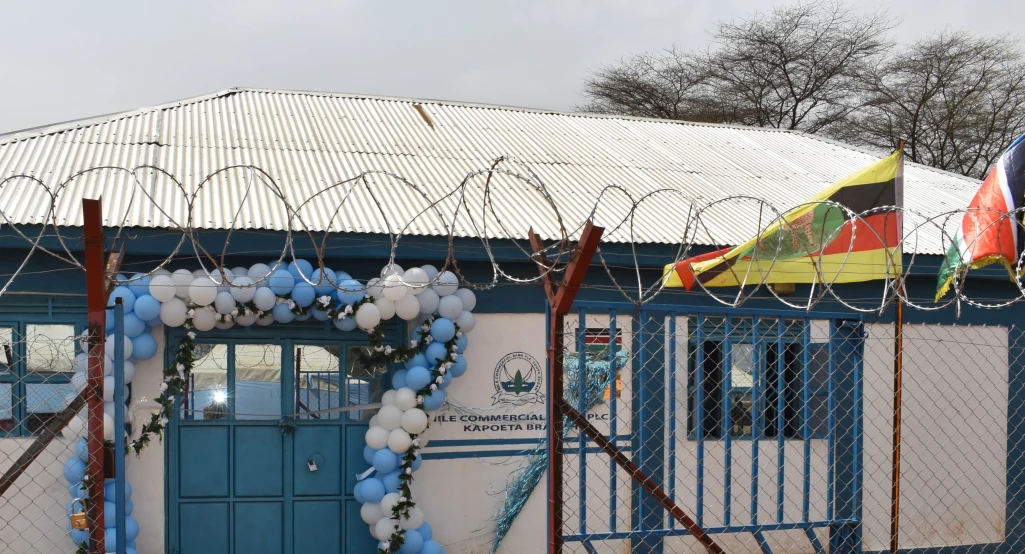
Nile Commercial Bank on Tuesday opened a new outlet in Kapoeta town,
Eastern Equatoria State.
It is one of the
commercial banks licensed to operate in South Sudan, by the Bank of South
Sudan, the national banking regulator.
The bank is an indigenous South Sudanese commercial bank. Of
all the commercial banks licensed in South Sudan, it has the largest number of
branches at 20.
The bank is affiliated with Stanbic Bank, a division of
Standard Bank of South Africa.
In South Sudan, few people take their money to the bank,
according to the central bank.
The majority reportedly still prefer stashing their savings
under ceiling rafters, in pots and in holes in the ground.
Speaking at the opening event, Governor Louis Lobong urged
the communities in greater Kapoeta to make good use of the bank for the safety
of their money.
“Rather than keeping cash at home, let’s 0pen our accounts
for the safety of our money,” Lobong told the residents.
“Even if you are drunk, nothing will happen to your money; if there is a fire outbreak you will not worry because your money is safe.”
For his part, the Managing Director of the Nile Commercial
Bank, Osama Mohamed Bilal, also encouraged the traders to use the banking
services.
“This bank is not a foreign bank, and it is a bank that
serves everyone in the country, including those who are making tea under trees,”
he explained.
In April 2009, it was reported that the bank had run out of
cash, because of non-performing loans made to officials in the Government of
South Sudan (GOSS).
The bank was temporarily closed in 2009 while the bad loans
were being recovered.
In September 2009, Nile Commercial Bank reportedly received
a capital injection of 102 million Sudanese Pounds (approximately US$44
million) by the Government of South Sudan and by the Bank of South Sudan.